Un´Espressione Geografica
Fondazione Sandretto Re Rebaudengo, Turin, Italy
19. 05. 2011 - 08. 01. 2012
Exhibited works:
Untitled (Valle d´Aosta) I, II, III, IV, 2011
Related work:
Untitled (Aosta), 2011
Text:
Catalogue "Un´Espressione Geografica", 2011
-
Dialogue between Alberto Visconti & Sunah Choi
Alberto: I remember those days. We picked you up in Turin under a torrential rain. Your trolley on the wet pavement of the porticoes of Corso Vittorio, we got to our unconvincing car and your trip to the mysterious Valle d'Aosta began. At first we mostly talked about mountains, mountains that you could not see because of the rain and the low clouds ...
Sunah: Exactly. I also clearly remember approaching the Valle d’Aosta in the car. We drove on the A5 highway coming from Turin, where I arrived the day before. Outside there were fields, and a little bit further away, you could just make out the tall mountains through the rain. From the car, I could see the mountains progressively getting nearer and nearer until we were tightly surrounded by them. After a certain point, we were driving along narrow mountain passes between the enormous mountains, going deeper and deeper into the valleys. What really impressed me, however, wasn’t the alps. They were already familiar to me from landscape images. What was new for me was the dimensions, which I had never seen up until then.
In my art, I have often dealt with questions of dimension. Through collecting, accumulating, and recombining, I develop forms that constantly alternate between pictorial micro and macrolevels.
Alberto: I had found out about your work only recently, and to myself, I was thinking about the apparent discrepancy between the ideal order to which it seemed to aspire and the absolute mess that the mountains represented to me.
Would this bother her? I wondered. The mountains are the opposite of the sea, where you grew up. The calm order of the infinite opposed to the aggressive disorder of eternity... I do not think it was a coincidence that the architecture was one of the things that impressed you the most: the extreme difficulty represented by the need to settle in a seemingly hostile territory as the Aosta Valley has something in common with the work of an artist. Sometimes you go with the flow, following the shape of the world, and you adapt to it... other times you are forced, or you simply decide, to break with it.
Sunah: That’s right. I was initially very impressed by the natural surroundings. But once the trip was really under way, I started to be more interested in the villages, houses, and streets. The architecture in Valle d’Aosta can also not be understood well without its context within the natural environment—the alps—because the tall mountains and deep valleys have always influenced the way of life of the people in the region. You yourself moved away from Valle d’Aosta, where you originally grew up. You go back to visit regularly, but was this trip with me different for you?
Alberto: I tried to see my region with your own eyes and it seemed much smaller than I had ever realized. I rediscovered the pride to belong to it. I felt its limits and glory. I felt that I had a responsibility towards your eyes. I tried to avoid as much as possible the institutional aspects of a guided tour, opting instead for a perpetual search for the corners, the details and the people who made myself happy to have lived in Valle d'Aosta for so many years. Happy and satisfied with my more intimate artistic sensibility. Yeah, maybe the point was just that. Was I able to communicate this to you? Was I able to communicate the fact that the Valley is a place that inspires people? An infinite area where you can find endless spaces? It reminds me of a line from one of my favourite songs, which says "Prière pour trouver les grands espaces entre les parois d'une boîte" and I think it could be a perfect prayer for all the people living in the region. On the other hand, the same song also says "On peut toujours rêver de s'en aller sans corn bouger de là" and this seems the conviction of many of them. Have you felt, Sunah, that the Valley is not a place from which it is easy to leave? To see the horizon you have to climb ever steeper walls...
Sunah: I remember discussing that as we were walking uphill on this snow-covered path at the foot of Mont Blanc—as far as possible without the aid of special gear. The tall mountains represent protection from threats from the outside, but, simultaneously, they also form a wall, insulating the inhabitants from the world. You feel safe and sufficient in the valley. The gigantic dimension of the mountains and the power of nature conveys a feeling of powerlessness. Certainly the people here have learned much over a long period about how to live here in this place, from nature. But obviously living here leads to insularity. The high quality of the arts and crafts in this region is proof that the inhabitants were confronted with limited space and time and developed something special from this. The tall mountains probably would not keep me personally from going away from here to see the wide world beyond. The mountains are there to be seen, to be climbed, and finally to be overcome.
Alberto: In your work you often reached an essentiality of shapes that verges on rarefaction. Exploring the Valley, we often run into extreme forms of flowering even in the infinitely small, such as in the traditional wood sculptures and in the intertwining "laces" of Cogne. In the absurd horny arabesques of the castle of Sarre, or even in the rapid scores of the traditional music. I wonder what you got from all this, if you found a meeting point with your research or if everything has merely been the representation of another possible life.
Sunah: The patterns of the bobbin lace of Cogne represent for me the condensed forms of an abstract natural world. All the flowers, insects, and tall mountains are translated into geometric forms and arrangements as ornament. The wooden masks, traditionally made in the region to pass the time during the long winter nights, display a sensitive use of materials in which the wood is worked in a way that follows the existing form of the bark as closely as possible. Such minimal interventions into the material have a lot to do with artistic considerations and practices—an analogy that interests me very much.
It was important to me to collect as many impressions as possible, which can only be done on site. From the beginning, I knew that I did not want to develop a documentary work for the exhibition. I wanted to translate the impressions, experiences, and knowledge collected during the trip into a different, visual language. They were to receive a new form.
Alberto: The amount of roads that we crossed is an aspect on which we did not focus at the time of the trip, but that after months characterizes my memory of those days. Alleys that twisted on to a valley and then down to another, back and forth from Mont Blanc to the border with Piemont. Matteo, my friend who volunteered to be our driver, and I decided that the right music to accompany you on your journey would have been the album "Songs of Love and Hate" by Leonard Cohen. I remember the silence of some nights. when tired after the visit of castles and craft shops, landscapes and valleys, we let ourself being lulled by the that sober and almost gloomy music. Do you have anything left of that feeling? For a person from Valle d' Aosta it is very natural to drive around by car, as if the whole region was a unique city in which to move, with the centre represented by the city of Aosta.
Sunah: Yes, our drives along the perilous and curvy mountain roads were very adventurous. And the entire time was influenced by the pleasure of getting to know each other and exchanging ideas. I didn’t put any pressure on myself during the trip to create an objective representation of the region of Valle d’Aosta for my contribution to the exhibition. The individual experiences you have are always subjective and individual. For the exhibition, I will attempt to realize an artwork without illustrating or commenting. My attempt might reveal a secret from the space and time I experienced or, on the other hand, it might make something more enigmatic. I always trust the work process, whatever it produces.
-
Alberto Visconti is a musician and originally comes from the region of Valle d´Aosta. He guided artist Sunah Choi 24th - 30th of October, 2010 in the region of Valle d´Aosta. This artist´s research trip was designed for a commissioned new work related to the region of Valle d´Aosta.
-
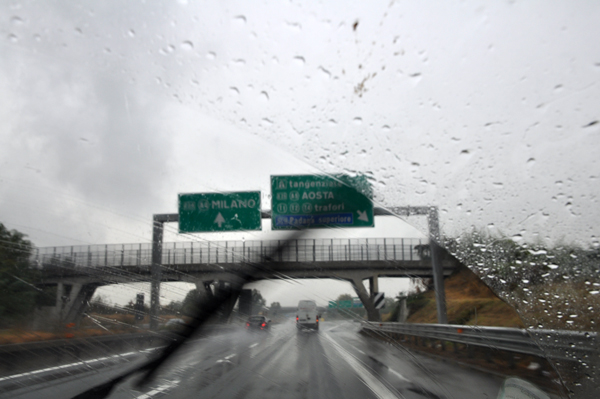
Trip to Valle d´Aosta
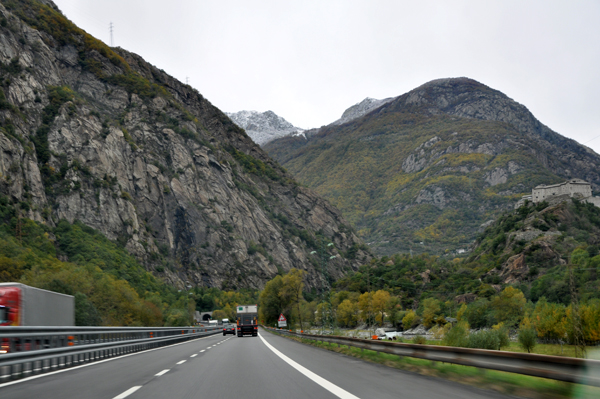
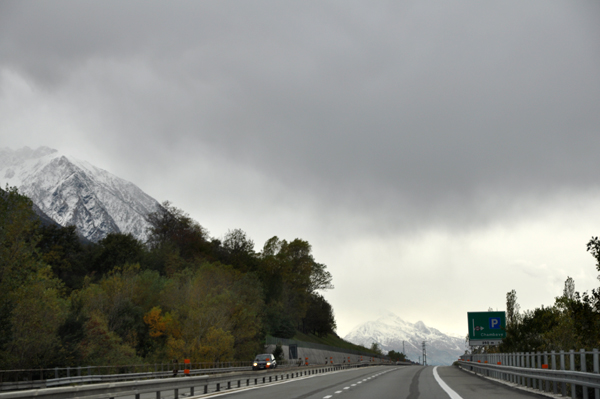
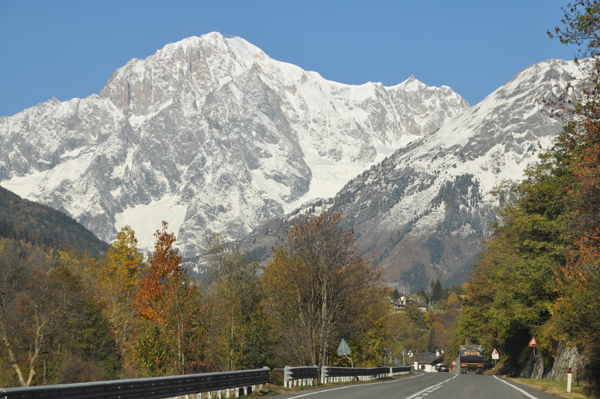
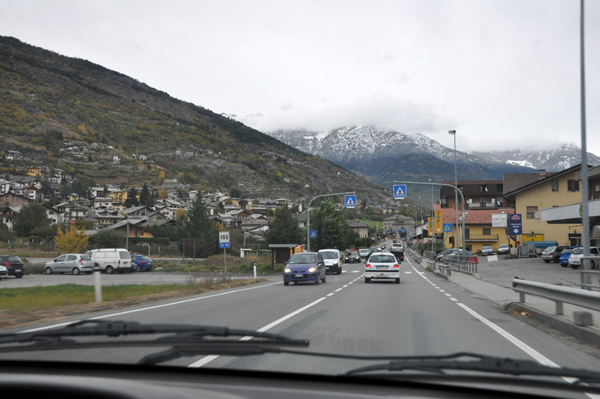
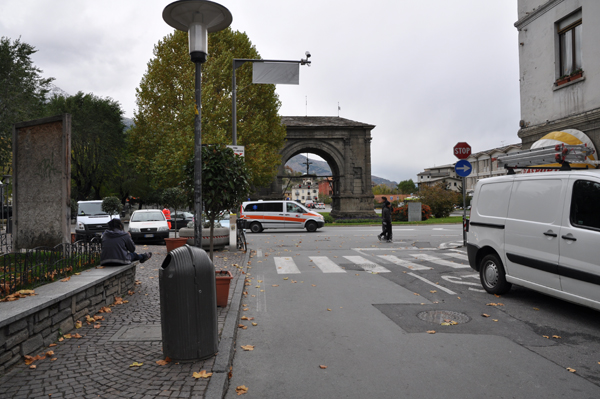
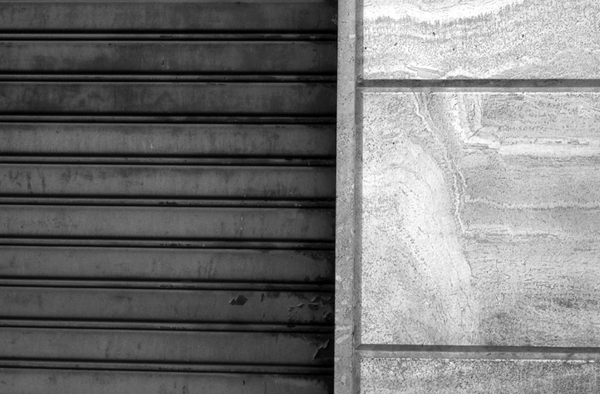
Photography series, "Untitled (Aosta)", 2011
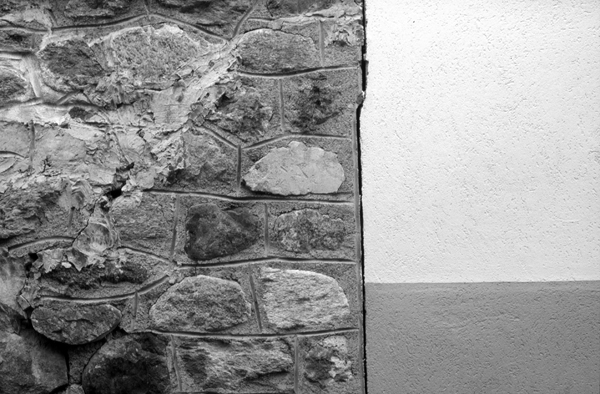
Photography series, "Untitled (Aosta)", 2011
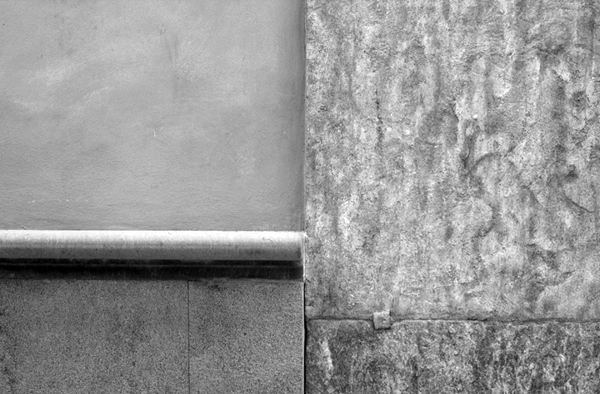
Photography series, "Untitled (Aosta)", 2011
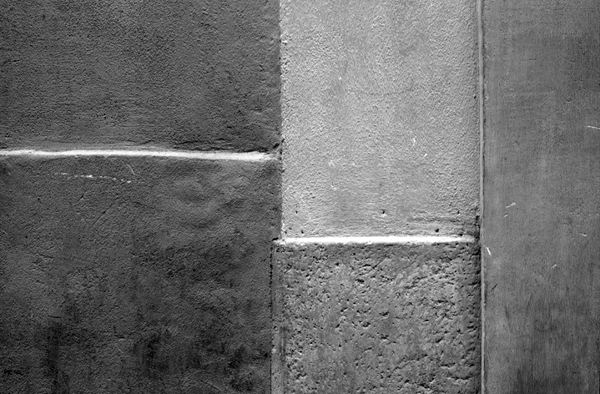
Photography series, "Untitled (Aosta)", 2011
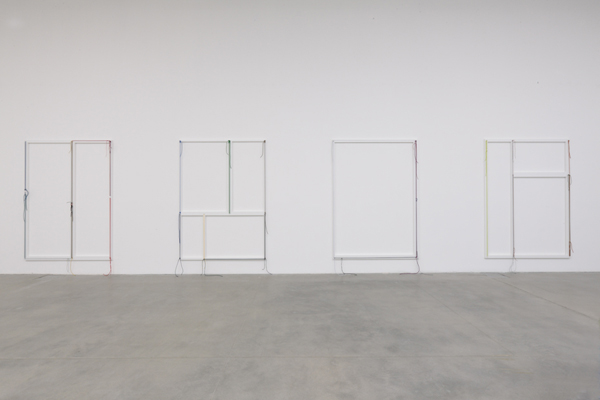
Untitled (Valle d´Aosta) I, II, III, IV
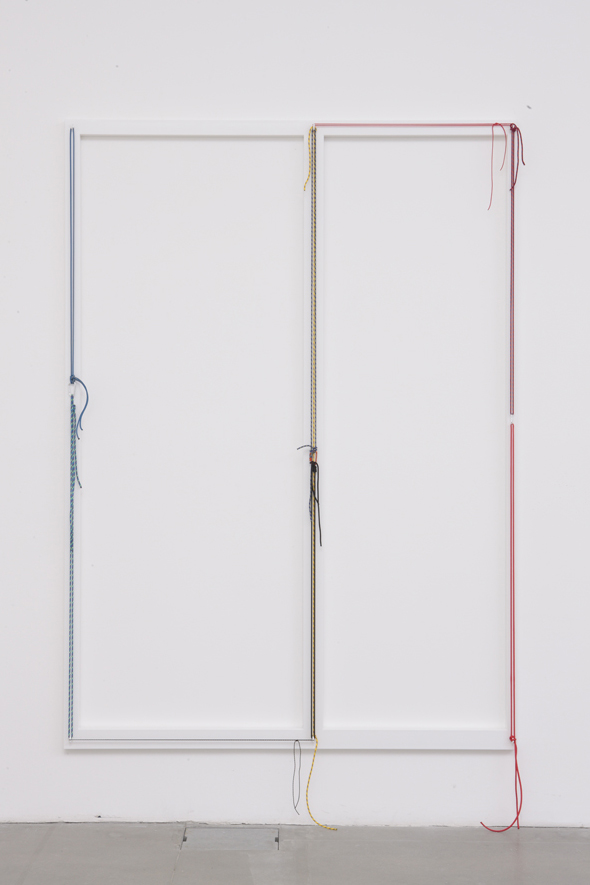
Untitled (Valle d´Aosta) I
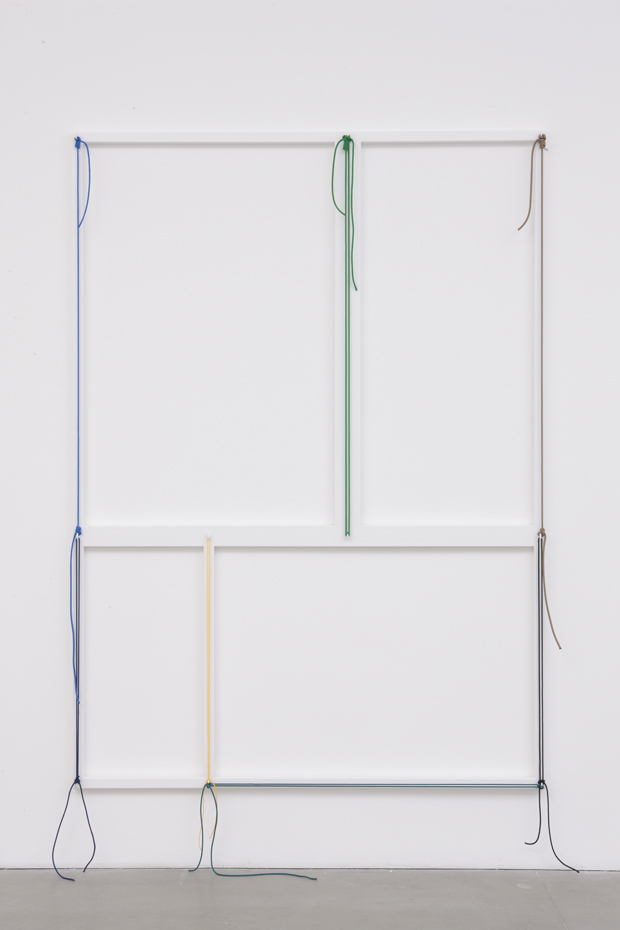
Untitled (Valle d´Aosta) II
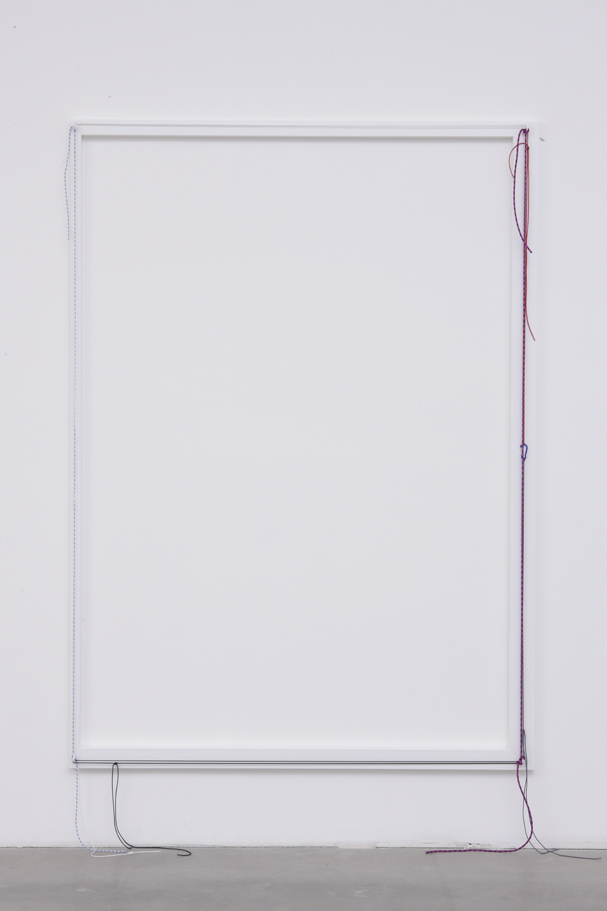
Untitled (Valle d´Aosta) III
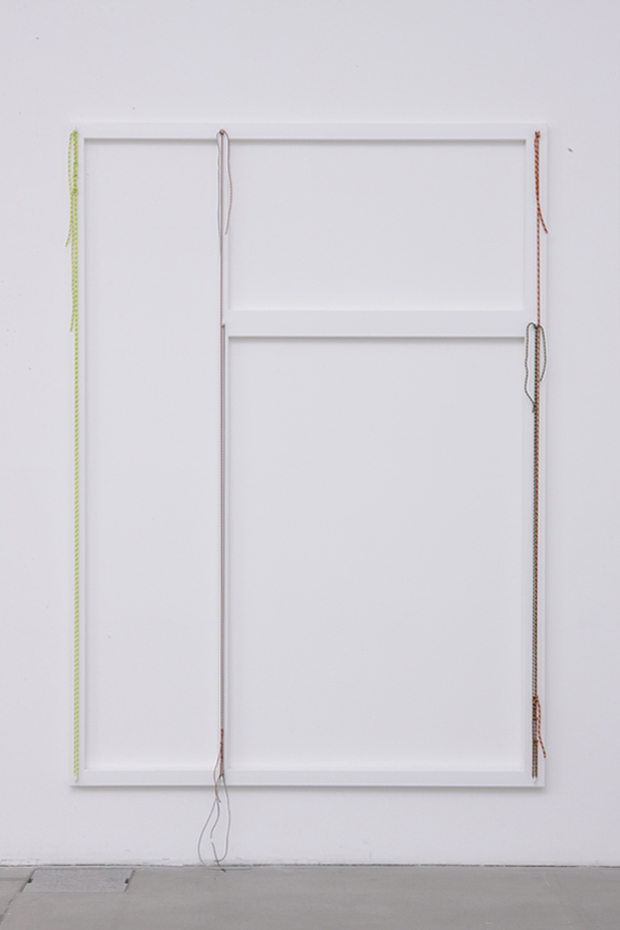
Untitled (Valle d´Aosta) IV